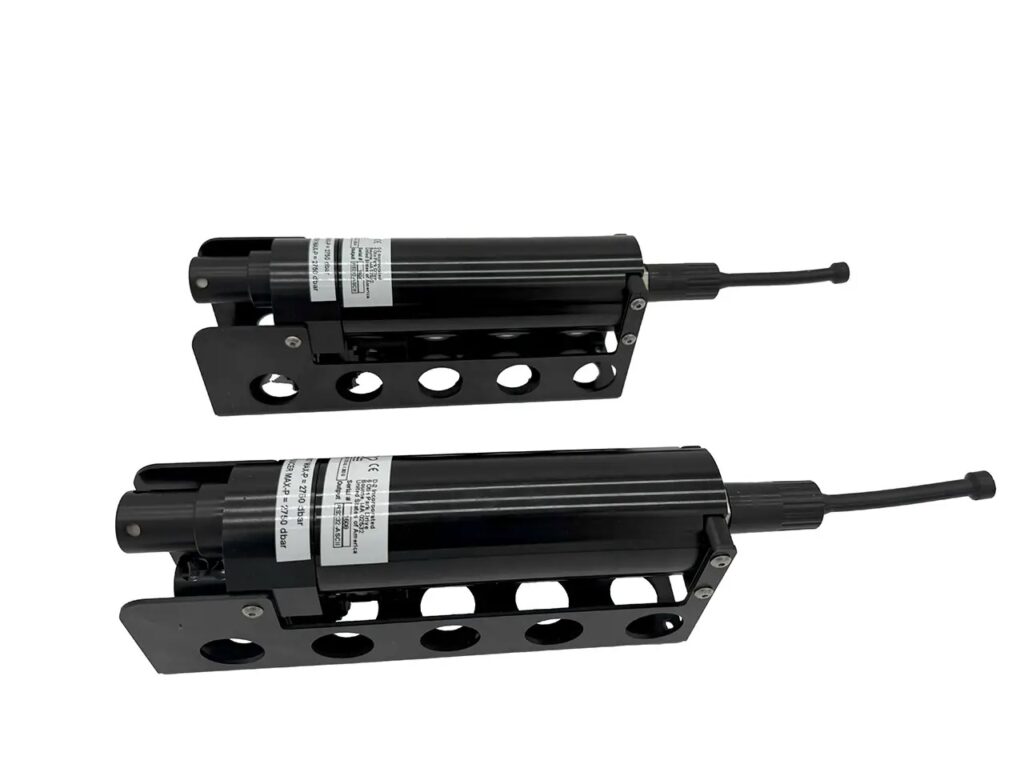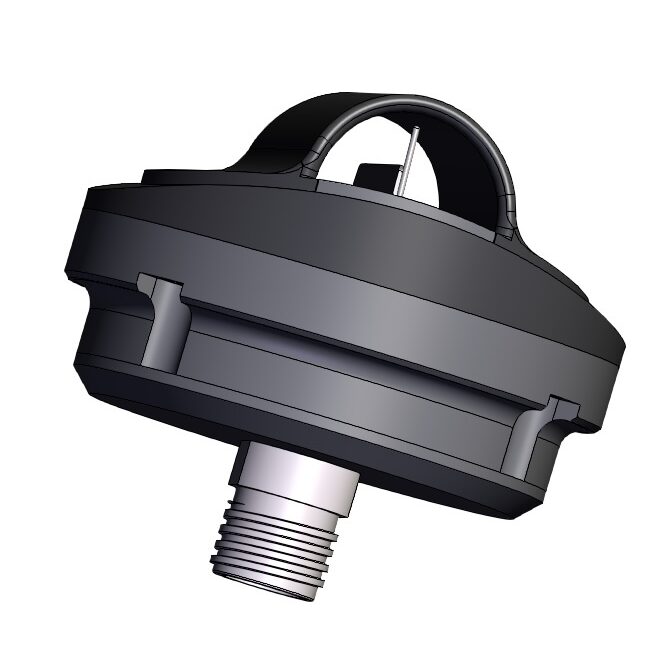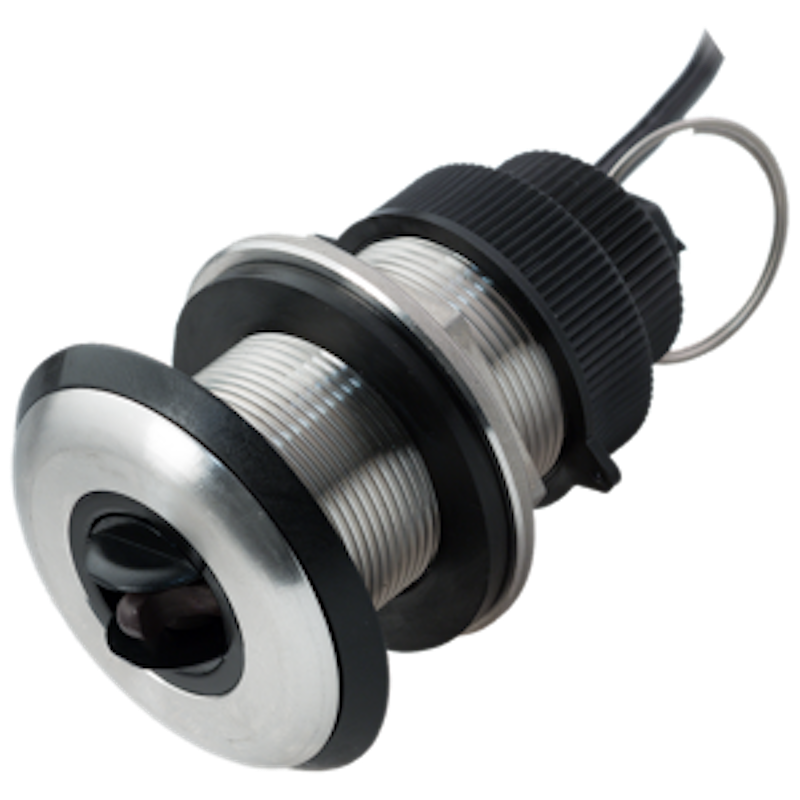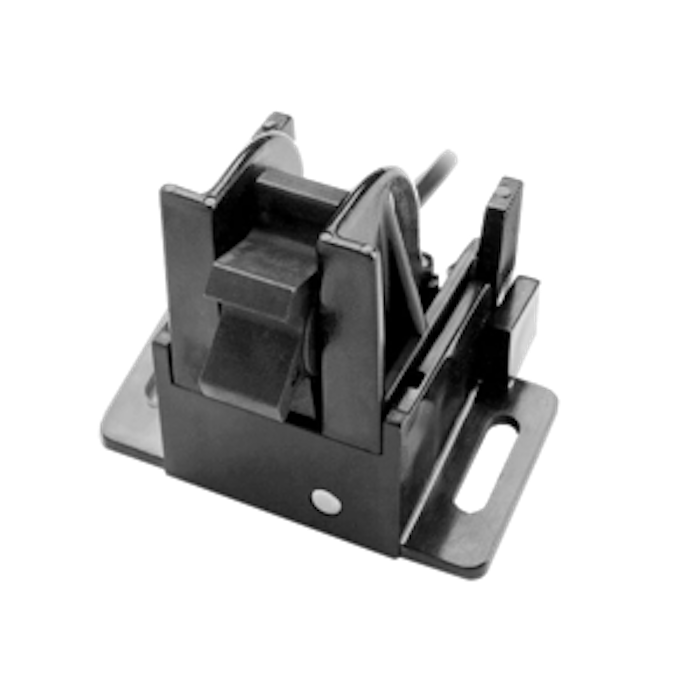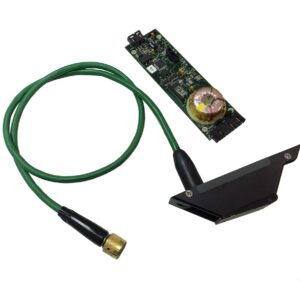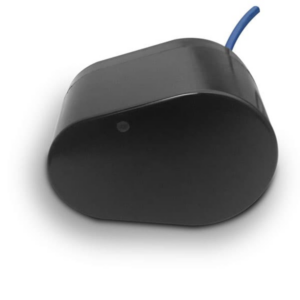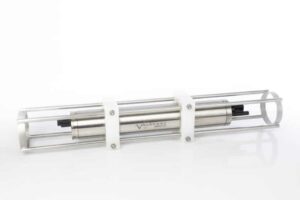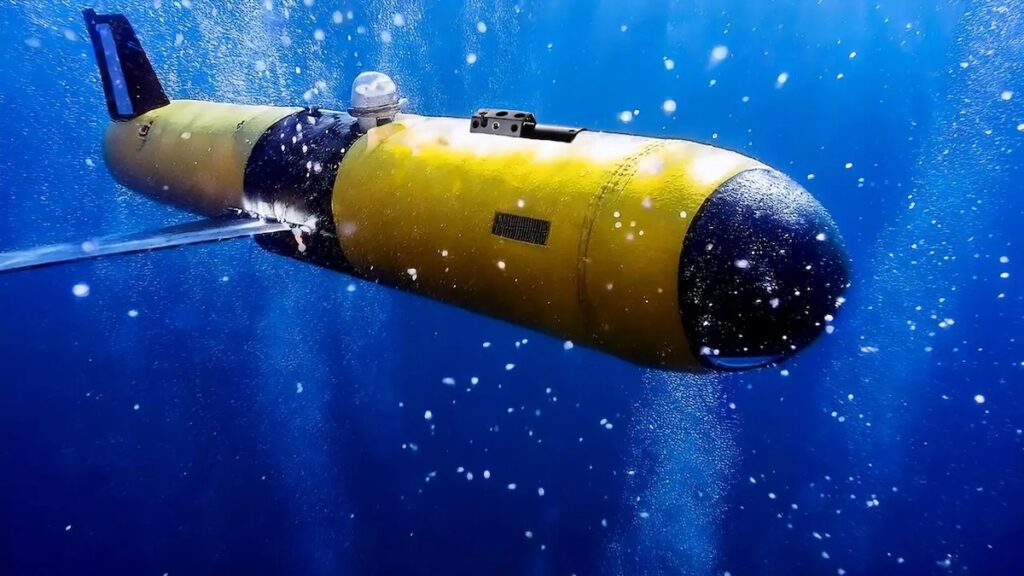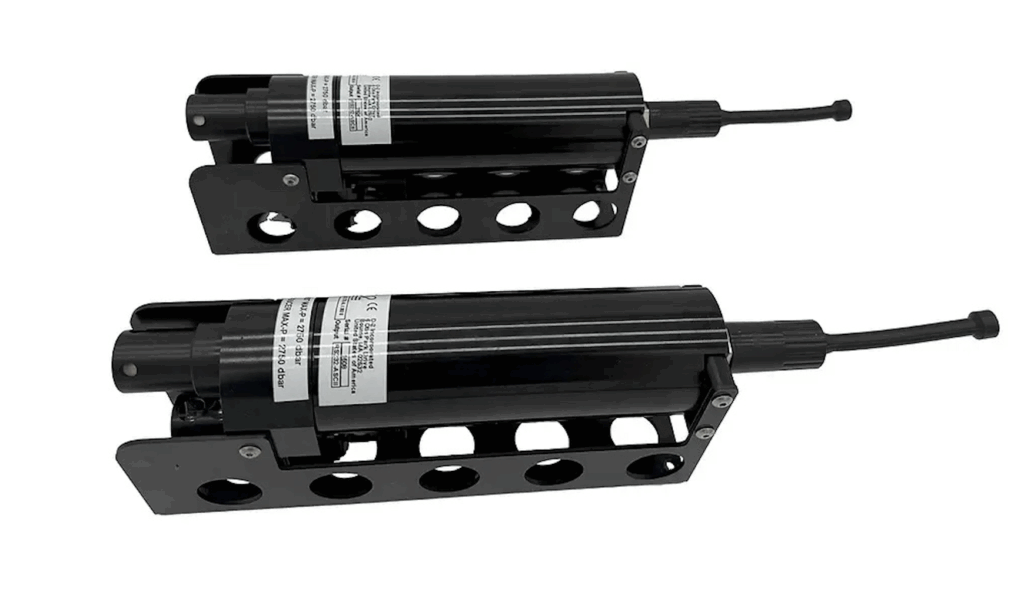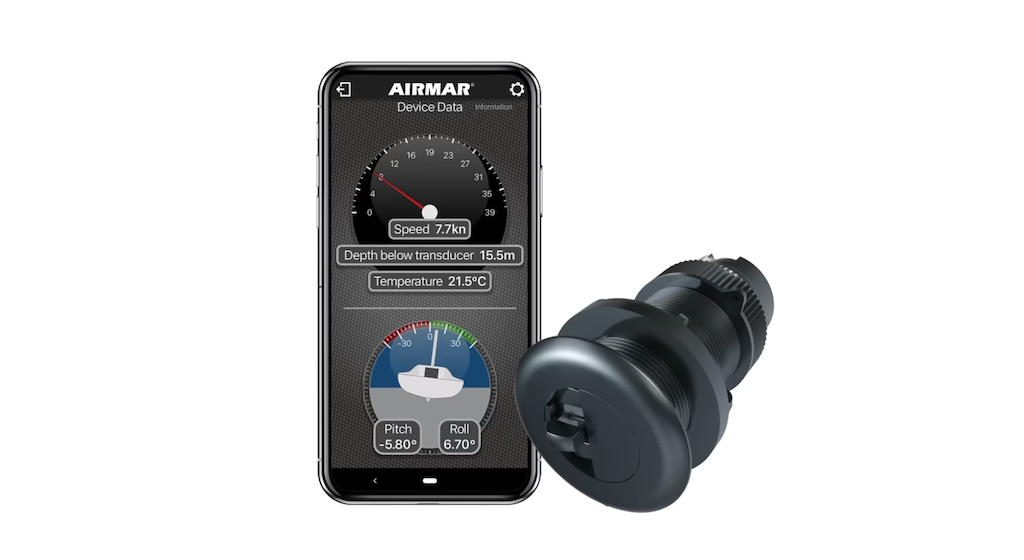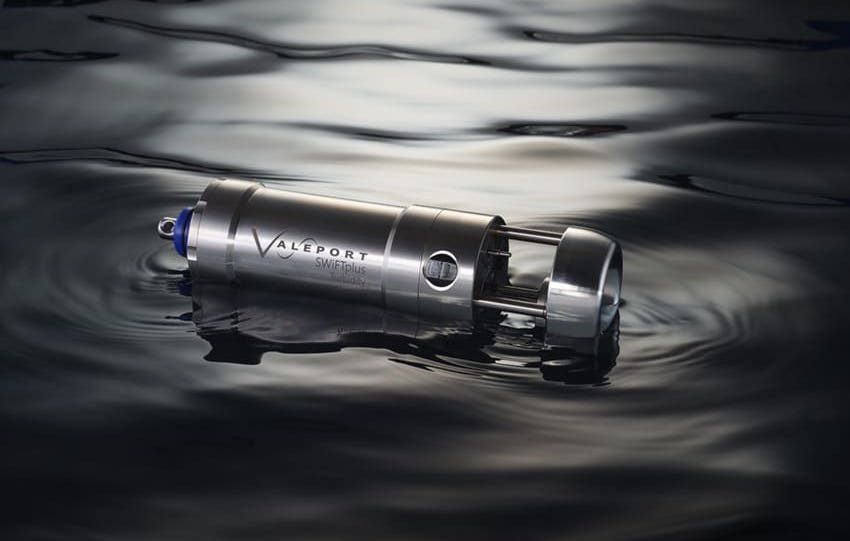Suppliers
Add your company
Conductivity, Temperature & Depth (CTD) Sensors for Oceanographic & Marine Survey Applications

Innovative, High-Performance Underwater Sensing Technologies for the Marine Industry
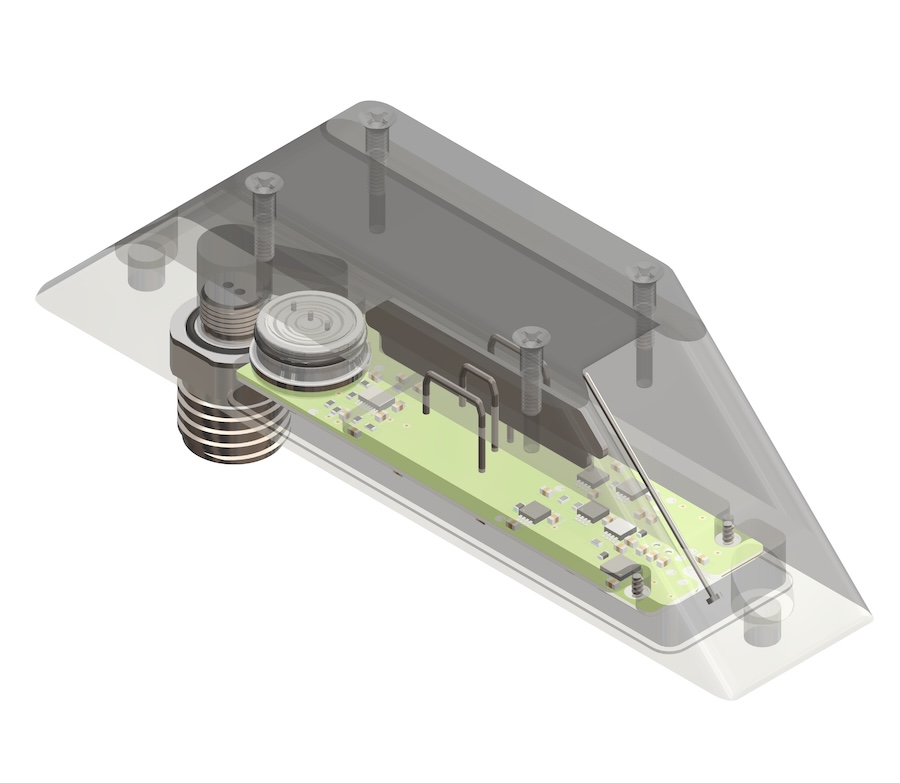
Compact and Rugged CTD Sensors for AUVs
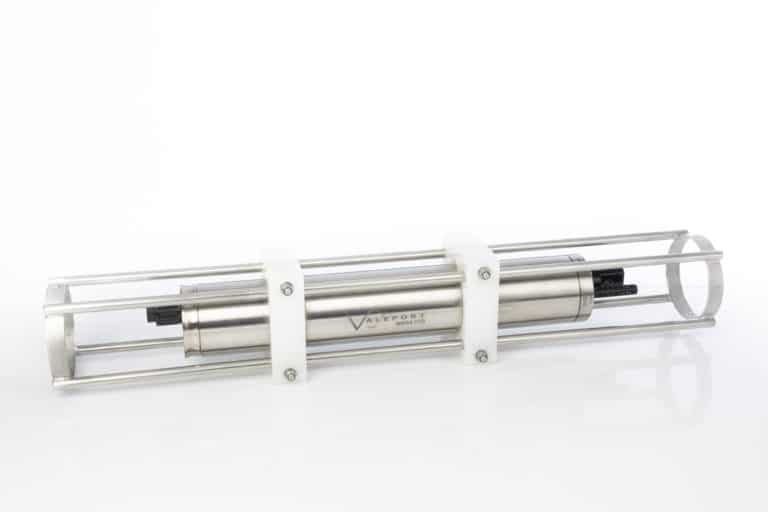
High-Precision Oceanographic Sensors & Hydrographic Measurement Solutions for Marine & Subsea Platforms
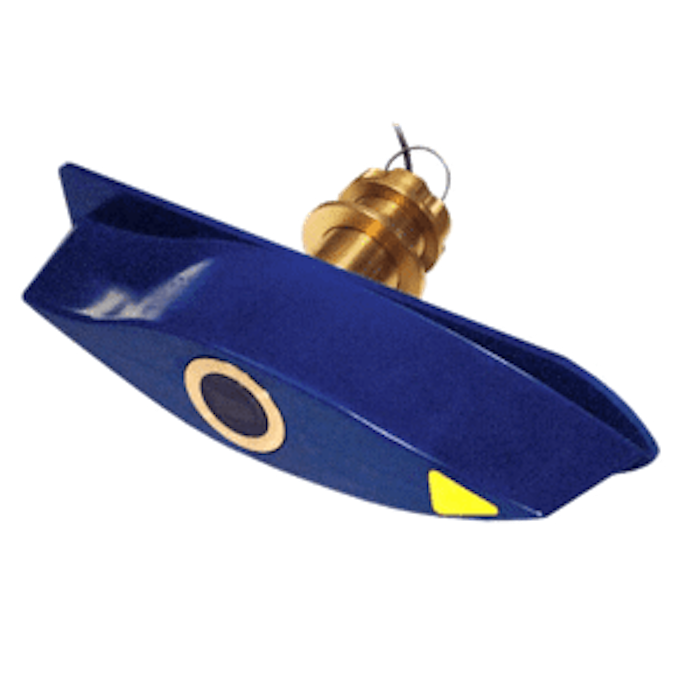
Ultrasonic Weather Stations & Acoustic Sensing Technologies for Marine, Maritime & Offshore Applications

Temperature Sensors for Maritime Industries
If you design, build or supply Water Temperature Sensor Technology, create a profile to showcase your capabilities on this page
Products
Water Temperature Sensor Technology for Oceanology
Water temperature sensor technology plays a vital role in a wide range of oceanographic and maritime applications, providing essential data for environmental analysis, resource management, and industrial operations.
These sensors offer precise water temperature measurements, which are critical for understanding ocean currents, thermal boundaries, and applications like fishing. The growing demand for accurate water temperature monitoring stems from advancements in sensor technology, allowing for improved data collection even in challenging marine environments.
Types of Water Temperature Sensors
Water temperature sensors come in several types, each suited to specific applications:
Thermistors
Thermistors are temperature-sensitive resistors that change resistance with temperature variations. They are highly accurate over narrower temperature ranges, making them ideal for detailed monitoring of thermal boundaries and smaller temperature changes in marine environments. Thermistors are commonly used in professional oceanographic applications due to their precision and responsiveness to minor temperature shifts.
Resistance Temperature Detectors (RTDs)
RTDs are highly accurate sensors that measure temperature by detecting changes in electrical resistance, typically using platinum as the sensing element. These sensors are widely used in marine applications that require high precision and long-term stability. RTDs are often integrated into CTD systems for scientific oceanographic research, providing reliable temperature data over a wide range of conditions.
Semiconductor Sensors
Semiconductor sensors use the properties of semiconductor materials to measure temperature. While they are less expensive and suitable for basic temperature measurements, they are not typically used in high-precision marine research. Instead, they are more commonly employed in recreational applications, where cost-effective temperature data is needed, such as basic fishfinder systems.
Key Features of Water Temperature Sensors
Subsea temperature sensor technology is designed to operate in a variety of marine environments, from shallow coastal waters to the deep sea. Built with corrosion-resistant materials, these sensors ensure durability in harsh marine conditions.
Many modern water temperature sensors are integrated with communication systems, allowing real-time data transmission to vessels or onshore monitoring stations. Boat water temperature sensor technologies are particularly useful for tracking ocean currents and identifying thermal boundaries, which are important for maritime industries and environmental monitoring efforts.
Advanced oceanographic temperature sensor devices are also integrated with other systems, such as multisensor arrays, which collect data on various environmental parameters, including salinity and depth. This integration provides a more comprehensive understanding of the marine environment, improving the accuracy of oceanographic monitoring efforts.
Applications of Water Temperature Sensors
Fishing Industry
Water temperature sensors are crucial in the fishing industry for identifying productive fishing zones. Many fish species are highly sensitive to temperature changes, and fishfinder systems can use temperature data to locate regions where fish are more likely to gather, particularly around thermal boundaries. By incorporating water temperature data into their operations, commercial fishing enterprises can increase efficiency and improve catch rates.
Monitoring Ocean Currents
Marine water temperature sensor technology is a critical factor in the study of ocean currents. Temperature data provided by sensors helps map and analyze the behavior of boundary currents, which can influence global climate patterns and marine ecosystems. Continuous monitoring of ocean temperatures allows scientists and maritime industries to predict how ocean currents may shift and impact navigation, shipping routes, and offshore infrastructure.
Environmental and Conservation Monitoring
Water temperature sensors play an essential role in monitoring marine ecosystems and their responses to climate change. Rising water temperatures can disrupt thermal boundaries and alter species distributions.
Continuous temperature data is vital for understanding these environmental changes and for implementing conservation measures. By monitoring water temperature over time, scientists can track the health of marine ecosystems and take steps to protect endangered species and vulnerable habitats.
CTD Sensors
CTD (Conductivity, Temperature, and Depth) sensors are a cornerstone of oceanographic research and environmental monitoring. These systems measure three key parameters—conductivity (for salinity), temperature, and depth—providing a comprehensive profile of the water column. The temperature component in a CTD sensor is often a high-precision thermistor or RTD, offering accurate temperature data essential for understanding how temperature interacts with salinity and pressure.
CTD sensors are indispensable for studying ocean currents, thermal boundaries, and boundary currents, as they offer detailed insights into water properties at various depths. These sensors are widely used in scientific research, environmental monitoring, and oceanographic surveys, providing high-resolution data for climate models, marine biology studies, and ocean circulation research.
Integration with Other Technologies
Marine temperature sensor technology is frequently integrated with other marine temperature monitor technologies. For example, combining water temperature data with echosounder or depth sensor systems can improve the understanding of underwater features.
In the fishing industry, integrating water temperature sensors with fishfinder technologies enhances the ability to locate temperature-sensitive species. Additionally, water temperature sensors are increasingly incorporated into arrays that gather multisensor measurement data on salinity, depth, and other variables, offering a more complete picture of ocean conditions.
With the rise of satellite and remote-sensing technologies, data from water temperature sensors can now be transmitted over long distances for real-time monitoring of ocean conditions. This capability enables researchers to track global trends in ocean temperature, thermal boundaries, and boundary currents, providing valuable information for predicting the impacts of climate change and shifts in marine ecosystems.
Connecting to NMEA
Temperature sensors used in marine environments can be connected to NMEA 0183 and NMEA 2000 networks, enabling real-time data sharing with a range of onboard systems. These interfaces support seamless integration with displays, data recorders, engine management systems, and environmental monitoring platforms across both crewed and unmanned vessels.










